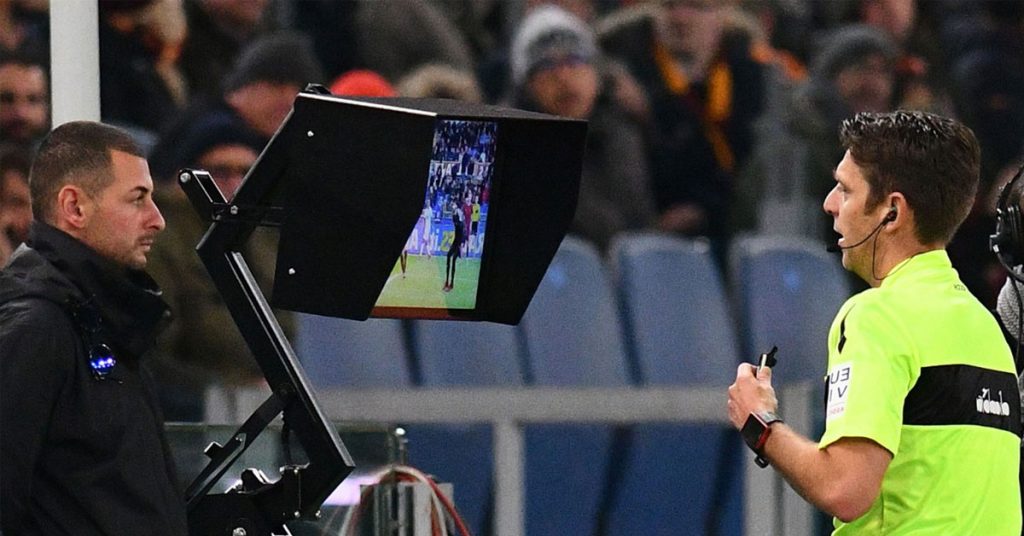Authority Soccer (authoritysoccer.com) is a participant in the Amazon Services LLC Associates Program, an affiliate advertising program designed to provide a means for sites to earn advertising fees by advertising and linking to Amazon.com. This site also participates in other affiliate programs and is compensated for referring traffic and business to them.
VAR has been in soccer for a while now and it has had its good moments and it has had its bad ones.
It seems that lately there have been more bad decisions than good ones and it makes us wonder why it was even brought in, to begin with.
However there is something that we want to know, can a referee overrule a decision that has been made by VAR? Read on to find out.
If there is footage that is given to VAR from the company that is broadcasting the match and it does not line up with what the referee thinks that he/she has seen, that is when VAR can then tell the referee that they think the decision can be overturned.
However, the final decision will be with the main referee who is in charge of the match.
Why was VAR brought in?
VAR was brought into leagues all over the world to help match officials because it was getting to a point where referees’ mistakes were having a significant impact on who won and lost a soccer game.
Because of how advanced technology has now become, everyone watching the match at home can see if there have been any mistakes that have been made and leagues have now used that same technology to help out during games.
According to the Premier League, before VAR was brought in, in 2018/19, 82% of the time the correct decision was made during key moments of a match, however with VAR in the 2019/20 season that percentage rose from 82% to 94%.
For the entire 2019/20 Premier League season, a total of 2,400 cases were checked by VAR and of those, 109 decisions ended up being overturned by VAR. Video Assistant Referees Penalty Decisions Explained | VAR | Premier League
How does VAR work?

When it comes to individual decisions, the referee can tell VAR that a decision can be looked at or VAR can see that a clear error has been made by the referee and will ultimately decide the outcome.
When there is a stoppage in play, the referee can holt play while VAR makes a decision, and then the referee will tell VAR what they have seen.
VAR will then look at all the available footage from the broadcast and will make a decision.
If VAR does not approve of the referee’s decision they can then overturn it or they can recommend for the referee to come over and look at a TV monitor and have a look at footage of the incident.
What does VAR check?
VAR checks four main things, penalty decisions, goals, incidents that can be deemed red card worthy, and the mistaken identity of a player.
What does VAR not check?
VAR will not check incidents like fouls and handballs that happen in an area of the pitch that is not in the penalty area and there is no decision to be made regarding a penalty decision or goal.

